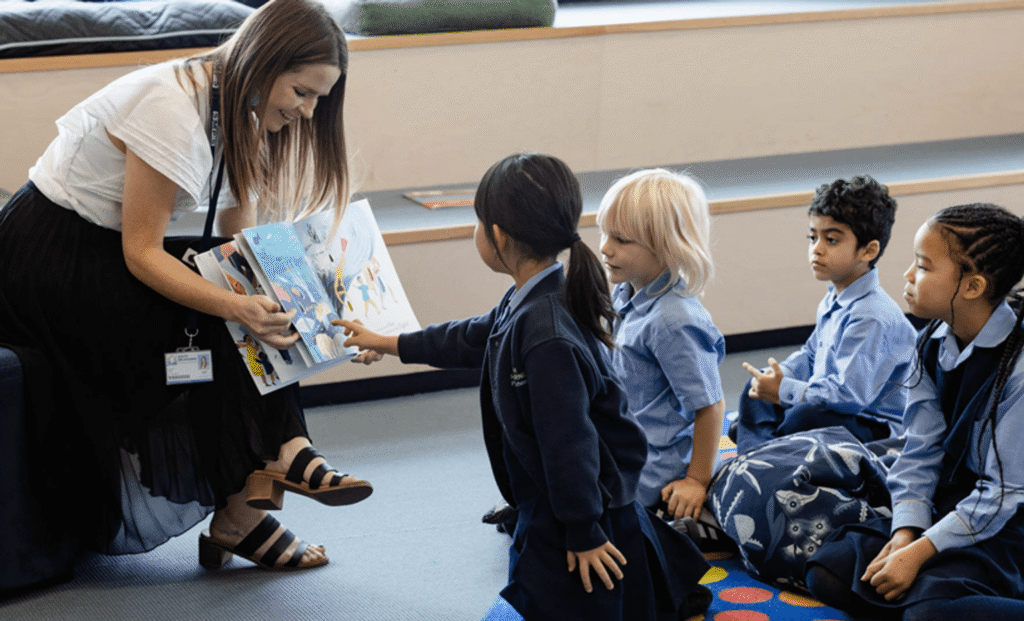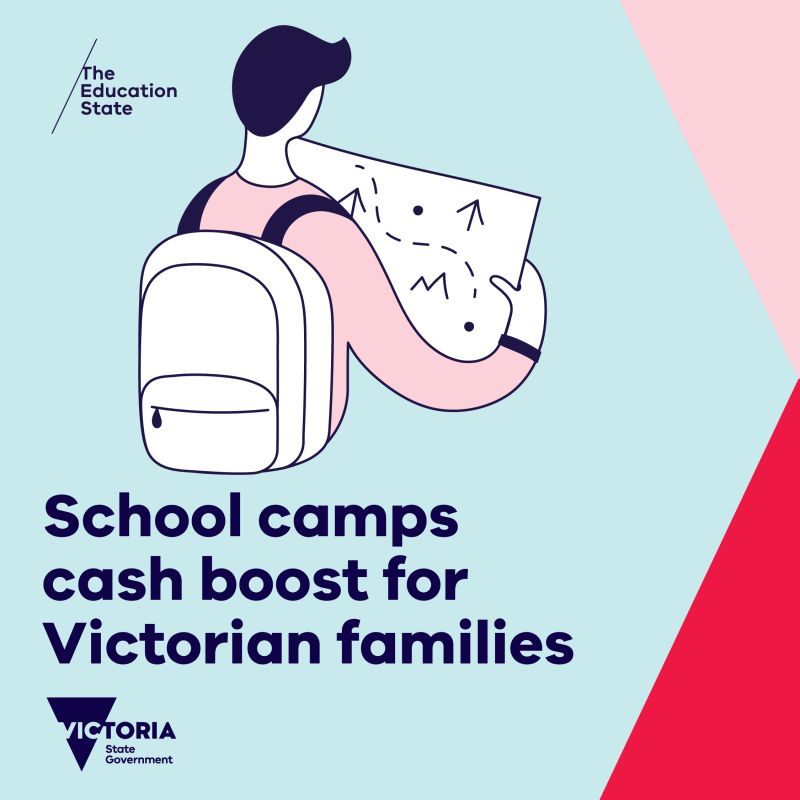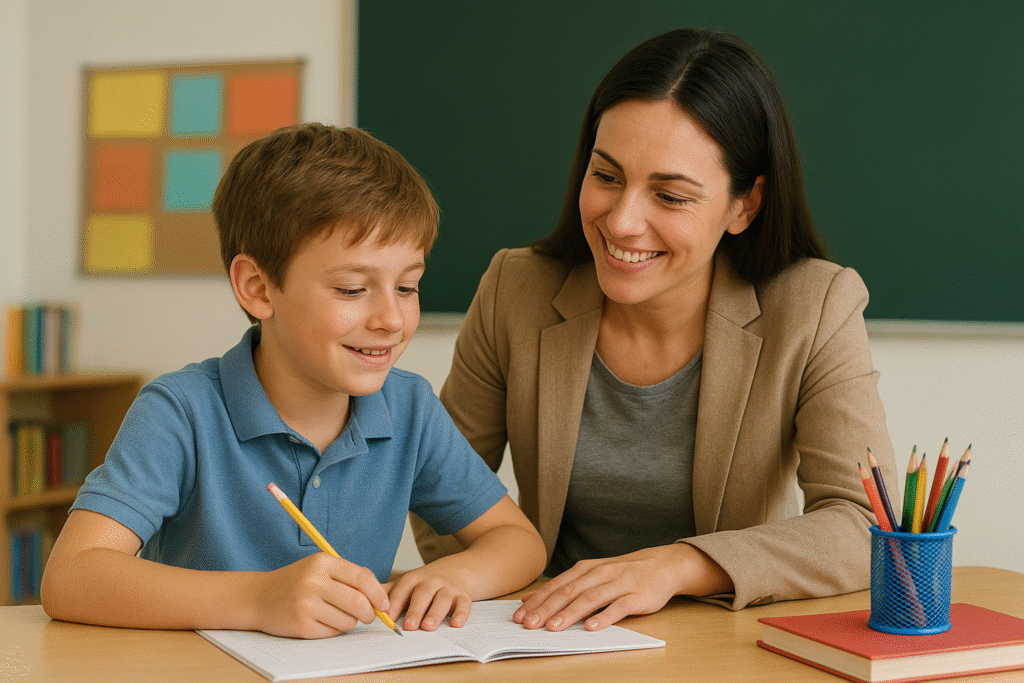Education is the backbone of any thriving society, and in Victoria, Australia, this responsibility lies heavily on the Victorian Department of Education. With a clear mission to provide high-quality, inclusive, and equitable education, the Department plays a critical role in shaping the future of students while supporting families and schools across the state. But how exactly does it manage to balance these responsibilities? Let’s dive deeper.
Role of the Victorian Department of Education
The Department ensures that every child in Victoria has access to the education they deserve, regardless of their background, location, or financial circumstances. It sets the policies, standards, and frameworks that schools follow, creating a level playing field for all.
At its core, the Department focuses on two main pillars: quality education and equal opportunities. This means making sure that students not only learn essential academic knowledge but also develop skills for the real world.
Support for Schools
Curriculum Development and Implementation
The Department designs and maintains a dynamic curriculum that caters to different stages of learning. From early childhood through to senior secondary school, it ensures that education remains relevant, engaging, and aligned with global standards.
Teacher Training and Professional Development
Teachers are the backbone of education. To help them thrive, the Department offers continuous professional development, workshops, and training programs. This ensures teachers stay updated with modern teaching practices and digital learning tools.

School Funding and Resources
Every school requires adequate funding to function effectively. The Victorian Department of Education allocates funds to cover staffing, resources, and extracurricular programs, ensuring students have access to everything they need to succeed.
Infrastructure and Facilities Upgrades
Modern classrooms, science labs, libraries, and safe playgrounds—these don’t happen by chance. The Department invests in infrastructure upgrades to create safe, inspiring, and inclusive learning environments.
Technology Integration in Schools
In today’s digital era, the Department prioritizes tech integration. From laptops to digital classrooms, it ensures students are prepared for the future with hands-on exposure to technology.
Student Wellbeing and Mental Health Programs
Education is not just about academics; it’s also about wellbeing. The Department provides access to school psychologists, wellbeing officers, and mental health programs to support students emotionally and socially.
Support for Families
Early Childhood Education Programs
The Department invests heavily in early years learning. Kindergarten and preschool programs help children build a strong foundation before entering primary school.
Parent Engagement and Involvement
Families are encouraged to be active participants in their child’s education. Through school councils, workshops, and online resources, parents are given the tools to stay involved.
Financial Support and Grants for Families
Not every family can afford school uniforms, excursions, or digital devices. That’s why the Department provides grants, subsidies, and financial aid programs to ease the burden.
Multicultural and Inclusive Education Support
Victoria is one of the most culturally diverse regions in Australia. The Department celebrates this diversity by offering programs that support students from non-English speaking backgrounds and ensure inclusivity in classrooms.
Special Needs and Disability Support Services
Children with disabilities are not left behind. Tailored programs, specialized staff, and dedicated resources help these students access education in ways that work best for them.
Partnerships and Community Engagement
Collaborations with Local Communities
Strong schools are built on strong communities. The Department works hand in hand with local organizations, councils, and community groups to enrich the educational experience.
Public-Private Partnerships in Education
By partnering with private organizations, the Department can fund infrastructure projects, provide digital resources, and introduce innovative learning tools to schools across Victoria.

Preparing Students for the Future
Vocational Education and Training (VET)
Not every student follows the same path. For those interested in trades or practical careers, the Department supports VET programs that offer hands-on training and real-world skills.
Career Guidance and Pathways
Through career counseling, mentoring, and industry connections, the Department ensures students can confidently map out their post-school pathways—whether that’s university, TAFE, or employment.
Digital Literacy and Future Skills
In an increasingly digital world, students must master more than just reading and writing. The Department prioritizes coding, problem-solving, and critical thinking to prepare students for jobs of the future.
Challenges and Future Goals
No system is perfect, and the Victorian Department of Education acknowledges its challenges. Addressing education equity gaps, adapting to rapid digital transformation, and building resilience against disruptions like pandemics are ongoing priorities. The goal is clear: a future-ready education system that leaves no child behind.
Conclusion
The Victorian Department of Education is more than just a government body—it’s a backbone for schools, families, and communities across Victoria. From funding and curriculum design to wellbeing support and future-focused programs, its work impacts every aspect of a child’s learning journey. For families, the support provided helps ease financial burdens, encourages inclusivity, and ensures every child has a fair shot at success.
Education is a shared responsibility, and thanks to the Victorian Department of Education, schools and families in Victoria don’t have to carry that responsibility alone.
1. What is the Victorian Department of Education responsible for?
It oversees the entire education system in Victoria, including schools, teachers, curriculum, funding, and student wellbeing.
2. How does it support students with disabilities?
It provides specialized staff, resources, and programs tailored to meet the needs of students with disabilities, ensuring they have equal learning opportunities.
3. What financial support is available for families?
Families can access grants, subsidies, and financial assistance for uniforms, devices, excursions, and other school-related costs.
4. How does it prepare students for the workforce?
Through VET programs, career guidance, and partnerships with industries, students gain practical skills and insights into career pathways.
5. How can parents get involved with the Department’s initiatives?
Parents can join school councils, attend workshops, and use Department resources designed to strengthen home-school partnerships.




